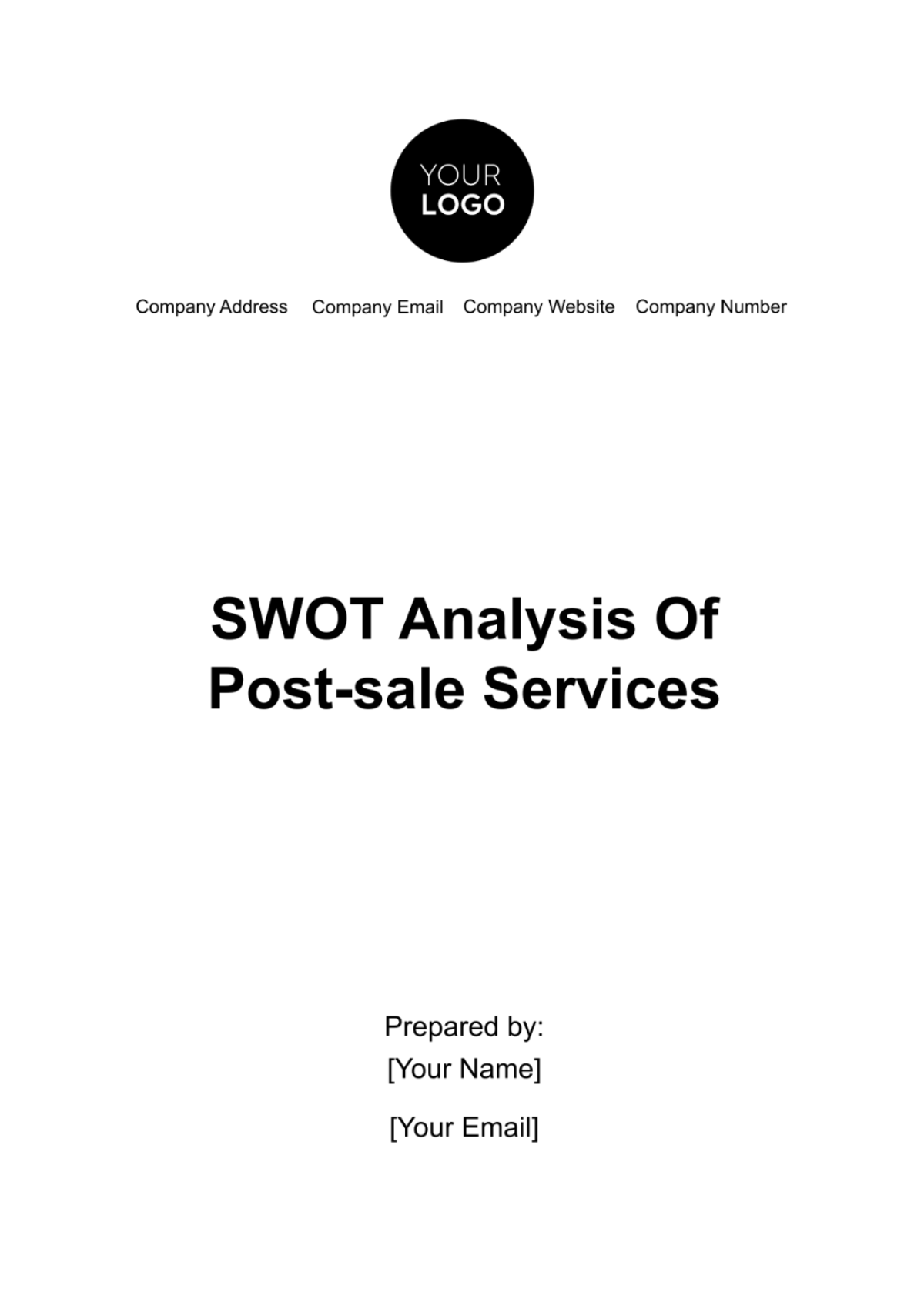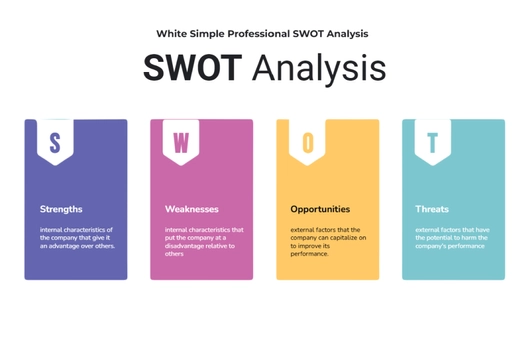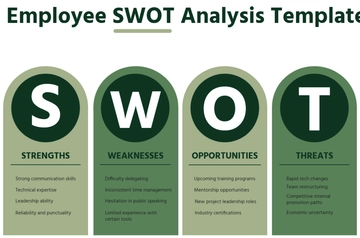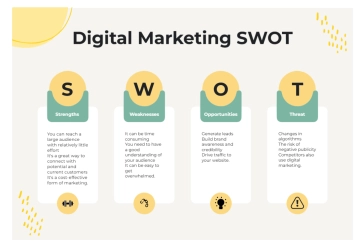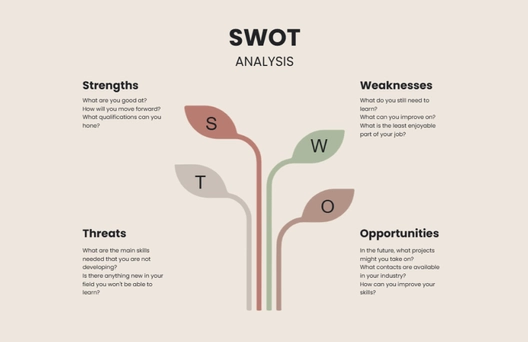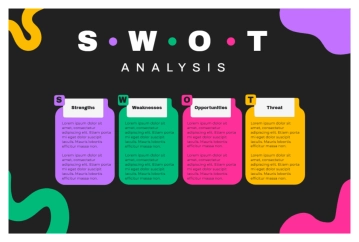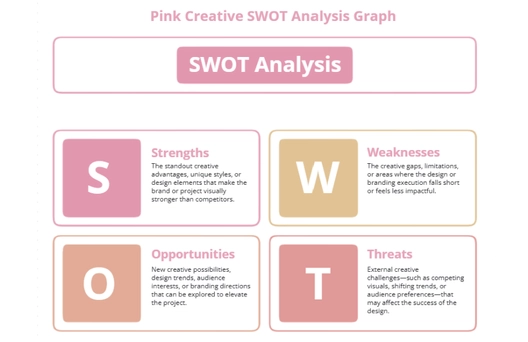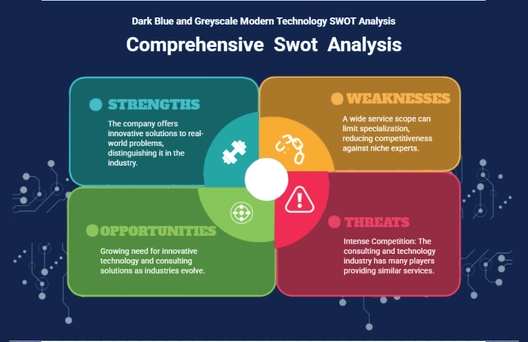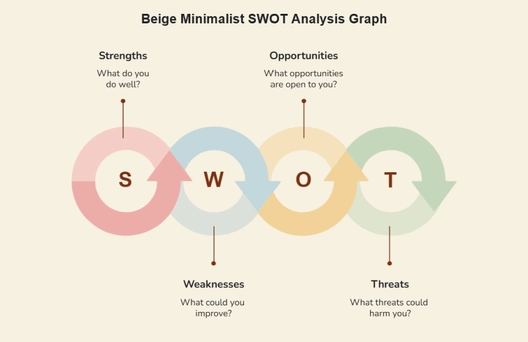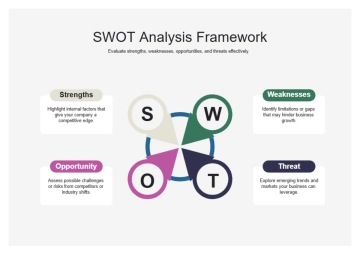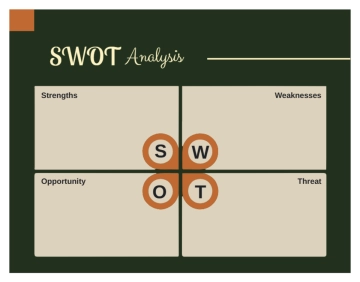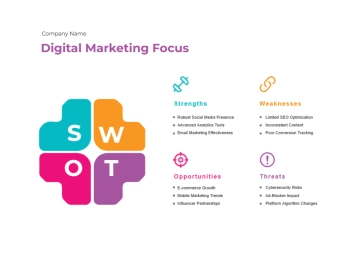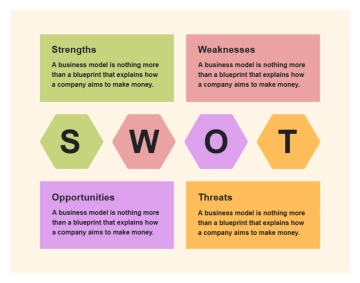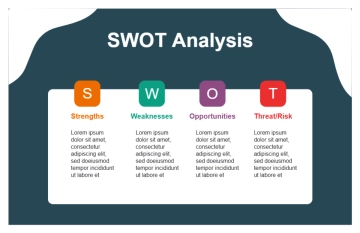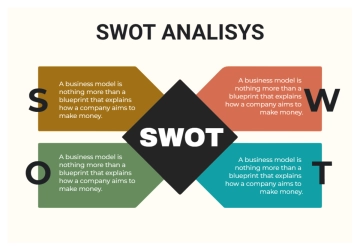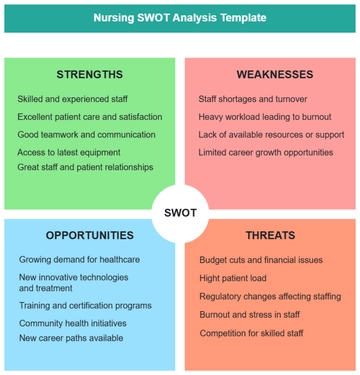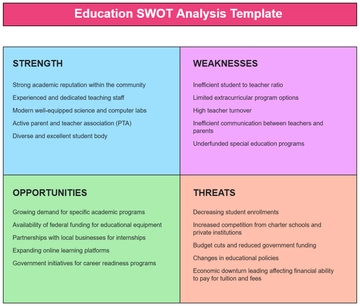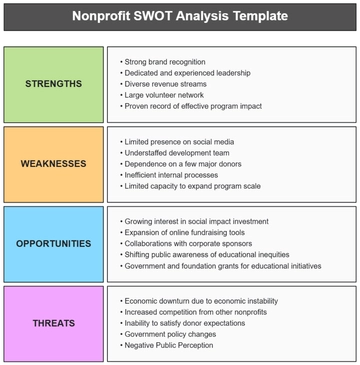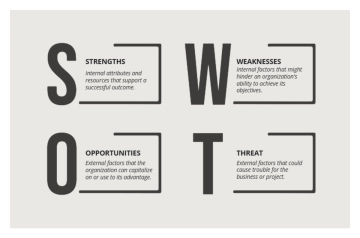SWOT Analysis Of Post-sale Services
I. Introduction
A. Overview
Post-sale services are a vital component of [industry], encompassing various activities aimed at supporting customers after they have made a purchase. These services include technical support, maintenance, repairs, training, and other forms of assistance designed to ensure customer satisfaction and maximize the value derived from the product or service. Conducting a SWOT analysis of post-sale services allows [Your Company Name] to gain insights into its internal capabilities and external factors affecting its ability to deliver effective post-sale support.
II. SWOT Analysis of Post-Sale Services
A. Strengths
Established Customer Relationships
1.1 [Your Company Name] has cultivated long-term relationships with its customers through consistent and reliable post-sale support.
1.2 These relationships are built on trust and mutual understanding, leading to high levels of customer satisfaction and loyalty.
Comprehensive Service Offerings
2.1 [Your Company Name] offers a wide array of post-sale services tailored to meet the diverse needs of its customer base.
2.2 From basic troubleshooting to advanced technical assistance, [Your Company Name] provides comprehensive support throughout the product lifecycle.
Skilled Support Team
3.1 [Your Company Name] boasts a team of highly trained and experienced support professionals proficient in the latest technologies and industry best practices.
3.2 The expertise of [Your Company Name]'s support team enables prompt problem resolution and ensures a positive customer experience.
B. Weaknesses
Limited Availability
1.1 Post-sale support may be limited to specific business hours or geographical regions, resulting in delays for customers requiring assistance outside these parameters.
1.2 Improving availability through extended support hours or global coverage could enhance customer satisfaction and retention.
Resource Constraints
2.1 [Your Company Name] may face challenges related to resource allocation, including staffing shortages, budget constraints, and limited infrastructure.
2.2 Investing in additional resources and optimizing existing processes can help address these constraints and improve the efficiency of post-sale service delivery.
Lack of Personalization
3.1 Post-sale services may lack personalization, leading to generic support experiences that fail to address the unique needs of individual customers.
3.2 Implementing personalized support initiatives, such as customer segmentation and targeted communication strategies, can enhance the relevance and effectiveness of post-sale services.
C. Opportunities
Expansion of Service Offerings
1.1 [Your Company Name] has the opportunity to expand its post-sale service portfolio by introducing new offerings, such as premium support packages, value-added services, or subscription-based models.
1.2 By diversifying its service offerings, [Your Company Name] can cater to a broader range of customer needs and create additional revenue streams.
Integration of Technology
2.1 Embracing emerging technologies such as artificial intelligence (AI), machine learning, and Internet of Things (IoT) can revolutionize [Your Company Name]'s post-sale service capabilities.
2.2 Leveraging technology-driven solutions, such as self-service portals, predictive maintenance tools, and remote diagnostics, can enhance efficiency, reduce costs, and improve the overall customer experience.
Partnerships and Alliances
3.1 Collaborating with third-party service providers, industry partners, or complementary businesses presents opportunities for [Your Company Name] to enhance its post-sale service ecosystem.
3.2 By forging strategic alliances, [Your Company Name] can tap into new markets, access specialized expertise, and offer additional value to its customers.
D. Threats
Intense Competition
1.1 [Your Company Name] faces competition from both traditional competitors and new entrants in the market, all vying for a share of the post-sale service market.
1.2 Competitive pressures may lead to price wars, service commoditization, or loss of market share if [Your Company Name] fails to differentiate its offerings effectively.
Rapid Technological Advancements
2.1 The rapid pace of technological innovation poses a challenge for [Your Company Name]'s post-sale service operations, requiring continuous adaptation and upskilling.
2.2 Failure to stay abreast of technological trends and developments may result in outdated service offerings, reduced competitiveness, and diminished customer satisfaction.
Economic Uncertainty
3.1 Economic downturns, market fluctuations, and geopolitical instability can impact consumer spending patterns and demand for post-sale services.
3.2 [Your Company Name] must remain agile and resilient in the face of economic uncertainty, adjusting its strategies and resource allocation to mitigate potential risks and capitalize on emerging opportunities.
III. Key Performance Indicators (KPIs) for Post-Sale Services
A. Customer Satisfaction Scores
[Your Company Name] regularly collects and analyzes customer satisfaction scores obtained through surveys, feedback forms, and Net Promoter Score (NPS) metrics.
Monitoring trends in customer satisfaction scores allows [Your Company Name] to identify areas of strength and areas for improvement in its post-sale service delivery.
B. Response and Resolution Times
[Your Company Name] tracks the time taken to respond to customer inquiries and the time required to resolve issues, aiming for swift and efficient service delivery.
Setting benchmarks for response and resolution times helps [Your Company Name] ensure timely support and minimize customer downtime, enhancing overall satisfaction.
C. Service Level Agreement (SLA) Compliance
[Your Company Name] adheres to predefined SLAs governing service delivery, uptime, and support availability, with clear metrics and targets in place.
Monitoring SLA compliance enables [Your Company Name] to uphold commitments to customers, maintain service quality standards, and build trust and confidence in its post-sale services.
D. Escalation Rates and Customer Retention
[Your Company Name] tracks escalation rates, including the frequency of issues escalated to higher tiers of support or management, to identify systemic issues and opportunities for improvement.
Monitoring customer retention rates and analyzing churn patterns provides insights into the effectiveness of post-sale services in fostering long-term customer relationships and loyalty.
E. Cost of Service Delivery
[Your Company Name] evaluates the cost-effectiveness of its post-sale service operations by analyzing the costs associated with staffing, infrastructure, tools, and resources.
Optimizing the cost of service delivery while maintaining service quality ensures operational efficiency and sustainable business growth for [Your Company Name].
IV. Competitive Analysis
A. Competitor Benchmarking
[Your Company Name] conducts thorough assessments of competitors' post-sale service offerings, encompassing service portfolios, pricing structures, and customer satisfaction levels.
Through comprehensive benchmarking, [Your Company Name] identifies areas where competitors excel and areas where it can gain a competitive advantage by differentiating its own post-sale services.
B. SWOT Analysis of Competitors
[Your Company Name] conducts SWOT analyses of key competitors to gain deeper insights into their strengths, weaknesses, opportunities, and threats in the post-sale service arena.
Understanding competitors' strategies, market positioning, and customer perceptions enables [Your Company Name] to refine its own post-sale service strategies and tactics accordingly.
C. Emerging Trends and Disruptive Technologies
[Your Company Name] monitors emerging trends and disruptive technologies shaping the post-sale service landscape, such as AI, automation, and predictive analytics.
By staying abreast of these developments, [Your Company Name] can proactively innovate its post-sale service offerings, anticipate market shifts, and maintain its competitive edge in the [industry] market.
V. Action Plan
A. Strengthening Customer Engagement
Enhance communication channels and establish proactive outreach programs to engage customers post-sale.
Implement customer education initiatives, such as webinars or knowledge bases, to empower customers and reduce reliance on support services.
B. Investing in Technology and Infrastructure
Allocate resources to upgrade IT systems, infrastructure, and support tools to improve service delivery efficiency and effectiveness.
Explore partnerships with technology vendors or service providers to leverage cutting-edge solutions and stay ahead of technological advancements.
C. Continuous Improvement and Innovation
Foster a culture of continuous improvement by soliciting feedback from customers and frontline support staff.
Encourage innovation and creativity within the post-sale service team to develop new service offerings, processes, and solutions that add value to customers and differentiate [Your Company Name] in the market.
VI. Conclusion
A. Summary
The SWOT analysis of post-sale services provides valuable insights into [Your Company Name]'s internal capabilities and external market dynamics. By leveraging strengths such as established customer relationships, comprehensive service offerings, and a skilled support team, [Your Company Name] can capitalize on opportunities for expansion, technological integration, and strategic partnerships. However, [Your Company Name] must also address weaknesses such as limited availability, resource constraints, and the lack of personalization to mitigate potential threats such as intense competition, rapid technological advancements, and economic uncertainty.
By developing a strategic action plan informed by the SWOT analysis findings, [Your Company Name] can enhance its post-sale service operations, improve key performance indicators, and maintain a competitive edge in the [industry] market.
Sales Templates @Template.net
